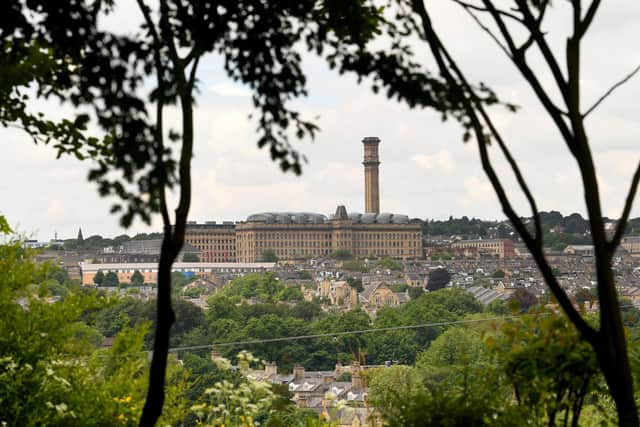New heritage project will map locations of Yorkshire's lost mills and their owners' mansions
Shipley-based 509 Arts has announced it is recruiting a heritage co-ordinator on a six-month contract to research the Lost Mills and Ghost Mansions.
As well as mapping the locations of where some of the city’s 350 mills were, they will also speak to former textile workers, many of them now elderly, about their memories of the wool trade in its final decades and collect audio, video and photographic records.
Advertisement
Hide AdAdvertisement
Hide AdOnly around 20 mills remain today in their original form. Although many – such as the large Lister complex in Manningham, once the world’s largest silk factory – have been converted for other uses, others have been demolished, burned down or are derelict.


The project is also concerned with the mansions where the mill owners and managers lived. In the early years of the industry, these tended to be close to the mills themselves, in areas such as Manningham and Frizinghall where grand villas were built. As transport links improved with the coming of railways and invention of the motor car, the owners moved further out to areas such as Bingley, Shipley and Ilkley, with the wealthiest eventually acquiring large estates in the countryside.
Though many of these houses have survived, some with other uses, mansions such as Milner Field, built by Sir Titus Salt’s son overlooking Saltaire, have been lost.
509 Arts and Bradford Community Broadcasting are hoping to capture memories from the last generation of mill workers, who were employed in the 1970s.
Advertisement
Hide AdAdvertisement
Hide AdThey said: “Do you live in an area where a mill once stood? Did members of your family work in a mill somewhere in the Bradford district? Do you have stories of mills and their closures over the past 50 years or have photos?
“We are building an online archive of stories and interviews that will tell the fascinating story of the last decades of Bradford’s great textile history. If you, a family member, a friend, colleague or neighbour has a story to tell of those times- no matter how small – or a picture to share, we’d love to find out more from you.
“Email us at [email protected].”
The lost mill owners’ mansions
